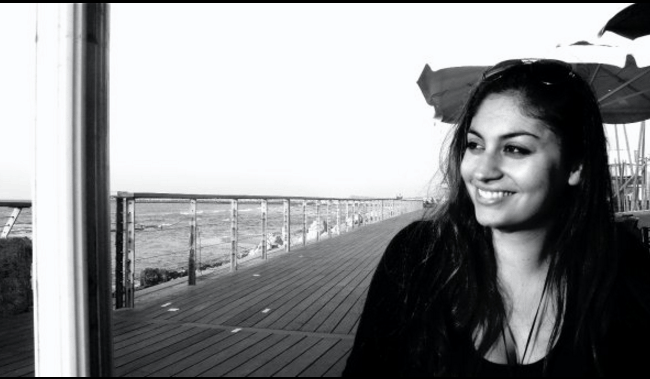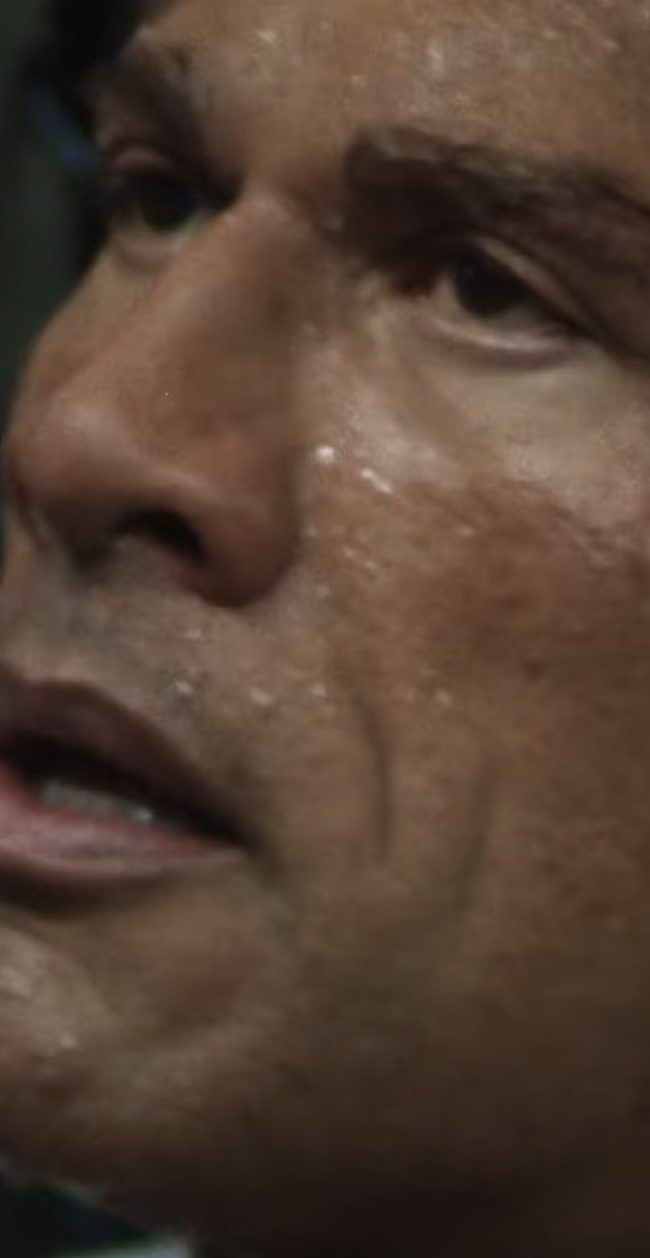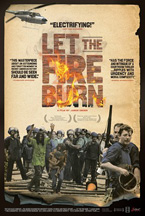
(Let The Fire Burn is now available on DVD, Amazon Instant, and iTunes. It opened theatrically at the Film Forum on Wednesday, October 2, 2013, through Zeitgeist Films. It world premiered in the World Documentary Competition at the 2013 Tribeca Film Festival, where it won Best Editing in Documentary and a Special Jury Prize for Best New Filmmaker. Visit the film’s official website to learn more. NOTE: This review was first posted on May 3, 2013.)
At this year’s Tribeca Film Festival, my three favorite films were documentaries, all interesting examples of technique. Sean Dunne’s Oxyana lingers close to his subjects, the residents of an Appalachian town consumed by drug addiction. Lenny Cooke, an eponymous film about a once lauded basketball player who fails to go pro, is a kind of before-and-after doc, combining video shot by producer Adam Shopkorn years ago with new material by Josh and Benny Safdie. On the last day of the festival I was lucky enough to catch Jason Osder’s Let The Fire Burn, an all-archival film of a 1985 standoff between Philadelphia police and black separatist group MOVE that ends in tragedy. I was struck by how differently the filmmakers used time to tell their stories. Dunne’s film is about the raw immediacy of the present. Through a character study, Lenny Cooke explores how time, fate, and free will shape a man’s life. Osder’s film is more clinical and cerebral, asking us to re-evaluate the past through present perspective. I could feel the formal choices of the filmmakers working on me while I watched their films, and, in the case of Let The Fire Burn, that experience stayed with me for days.
Prior to watching the film, I didn’t know about the historical event that Let The Fire Burn chronicles. For director Jason Osder, who lived in Philadelphia at the time, it’s a childhood memory, and one that felt too important to be buried by history. Osder is a professor of media and public affairs at George Washington University, and the film has the imprint of extensive research and scholarly precision. New interviews were apparently filmed, but Osder and editor Nels Bangerter made the bold decision to stick entirely to archival footage. It’s a crucial choice against the reliability of memory, or historical revisionism, and in favor of letting source material speak for itself. We are never told what to think, there are no talking heads butting in with opinions, explanations, or interpretations. Of course the edit is subjective, but on a formal level it’s a chronological visual record of events, and the ultimate act of judgment is up to us.
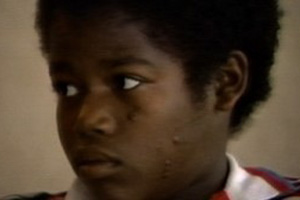 Let The Fire Burn opens with clips from a video deposition of Michael Moses Ward, known in the movement as Birdie Africa, a young boy at the time, and one of only two survivors of the May 13, 1985 raid on the MOVE compound. A community-organized commission did a lengthy investigation of the events, and Osder draws generously from those hearings as well. There’s also television news coverage, internal police surveillance video, and clips from existing documentaries on the MOVE organization. The members of MOVE don’t make easy victims, and one of the interesting challenges of the story is how unsympathetic MOVE members appear, both before and after the tragedy.
Let The Fire Burn opens with clips from a video deposition of Michael Moses Ward, known in the movement as Birdie Africa, a young boy at the time, and one of only two survivors of the May 13, 1985 raid on the MOVE compound. A community-organized commission did a lengthy investigation of the events, and Osder draws generously from those hearings as well. There’s also television news coverage, internal police surveillance video, and clips from existing documentaries on the MOVE organization. The members of MOVE don’t make easy victims, and one of the interesting challenges of the story is how unsympathetic MOVE members appear, both before and after the tragedy.
Granted we don’t learn many facts about the MOVE organization, but what comes across is the members’ steadfast dedication to founder John Africa (all members are renamed and given the surname Africa), built on the vague principles of “religion of life” and “absolute truth.” Apparently pacifist (though eventually armed), they shun technology (other than phones and cars), and eat a vegetarian raw food diet. There’s video footage of the children with the distended bellies of the malnourished, and the speculation of child abuse lingers, even if categorically denied by the adult members. Thinking back to the 1970s, it’s obvious that MOVE would be seen as threatening to authorities, a kind of hippie cult with a black power ideology. The tension leads to repeated clashes with city officials and Philadelphia police, and Mayor Frank Rizzo is explicit about his desire to dissolve the organization. Photos revealing MOVE members with guns prompt a 1978 raid that leads to the death of one police officer, and in the scuffle MOVE member Delbert Africa is badly beaten by the police. In the aftermath, nine MOVE members are convicted and imprisoned, and their compound is destroyed.
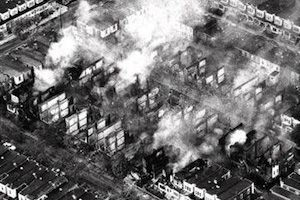 Arguably more radicalized by this violent encounter, MOVE regrouped and relocated to a house on Osage Avenue in a working-class black neighborhood. They built a fortified bunker on the roof and installed a PA system that broadcasted their (often profane) rhetoric into the streets. This antagonized their black neighbors, who filed increasing complaints about sanitation, harassment, and child neglect. In 1983, Philadelphia elected its first black mayor, Wilson Goode, who was complicit in city officials’ decision to evict MOVE from their compound. On May 12, 1985, police evacuated the neighborhood, isolating thirteen MOVE members in their house, and began to enact their “plan.” The compound was bombarded with tear gas, saturated with water, and shot at with 10,000 rounds of ammo. Failing to dislodge the MOVE members, they dropped explosives from a helicopter onto the roof, and the house caught fire. As Goode bluntly puts it, “there was a decision to let the fire burn.” This fire killed five children and six adults inside the MOVE compound, and eventually consumed several city blocks and destroyed over 60 homes. Birdie Africa was pulled to safety by a police officer named James Berghaier (who incidentally quit the force in 1987 suffering from PTSD). The police commissioner, fire commissioner, and mayor Goode gave conflicting accounts of decisions made and orders issued, and while the commission found the city and police negligent, no charges were ever filed.
Arguably more radicalized by this violent encounter, MOVE regrouped and relocated to a house on Osage Avenue in a working-class black neighborhood. They built a fortified bunker on the roof and installed a PA system that broadcasted their (often profane) rhetoric into the streets. This antagonized their black neighbors, who filed increasing complaints about sanitation, harassment, and child neglect. In 1983, Philadelphia elected its first black mayor, Wilson Goode, who was complicit in city officials’ decision to evict MOVE from their compound. On May 12, 1985, police evacuated the neighborhood, isolating thirteen MOVE members in their house, and began to enact their “plan.” The compound was bombarded with tear gas, saturated with water, and shot at with 10,000 rounds of ammo. Failing to dislodge the MOVE members, they dropped explosives from a helicopter onto the roof, and the house caught fire. As Goode bluntly puts it, “there was a decision to let the fire burn.” This fire killed five children and six adults inside the MOVE compound, and eventually consumed several city blocks and destroyed over 60 homes. Birdie Africa was pulled to safety by a police officer named James Berghaier (who incidentally quit the force in 1987 suffering from PTSD). The police commissioner, fire commissioner, and mayor Goode gave conflicting accounts of decisions made and orders issued, and while the commission found the city and police negligent, no charges were ever filed.
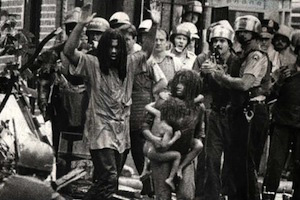 Historical clusterfucks of racism, violence, freedom, and force usually demand that we choose one side or another. The sophisticated storytelling in Let The Fire Burn doesn’t idealize MOVE, nor does it villainize the authorities, but the evidence against the state is damning. The shell-shocked sweetness of Birdie Africa is a reminder of the innocent children involved. In their commission testimony, MOVE members LaVerne Sims and Louise James (not in the house at the time of the raid) are high-strung, evasive, and confrontational, dodging questions and posturing with rhetoric. It’s a frustrating tactic, even if motivated by anger and grief. In contrast, police commissioner Gregore Sambor (with his square-jawed, Rumsfeldian mug) is cooperative, speaking dispassionately of MOVE’s “tactical advantage” justifying the need for force, always maintaining the icy, stoic demeanor of someone entrenched in a system of bureaucratic power. His use of such jargon was striking to me, given the quasi-military force used in the raid. If there were problematic aspects of MOVE’s operation, in no way can I think of a justification—legal, political, moral—for the use of that kind of force. Through its tragic tale of an historical event, Let The Fire Burn ignites an important conversation about race relations in America, but also about the legitimate use of power, especially by the state against what it has deemed “terrorist” activity.
Historical clusterfucks of racism, violence, freedom, and force usually demand that we choose one side or another. The sophisticated storytelling in Let The Fire Burn doesn’t idealize MOVE, nor does it villainize the authorities, but the evidence against the state is damning. The shell-shocked sweetness of Birdie Africa is a reminder of the innocent children involved. In their commission testimony, MOVE members LaVerne Sims and Louise James (not in the house at the time of the raid) are high-strung, evasive, and confrontational, dodging questions and posturing with rhetoric. It’s a frustrating tactic, even if motivated by anger and grief. In contrast, police commissioner Gregore Sambor (with his square-jawed, Rumsfeldian mug) is cooperative, speaking dispassionately of MOVE’s “tactical advantage” justifying the need for force, always maintaining the icy, stoic demeanor of someone entrenched in a system of bureaucratic power. His use of such jargon was striking to me, given the quasi-military force used in the raid. If there were problematic aspects of MOVE’s operation, in no way can I think of a justification—legal, political, moral—for the use of that kind of force. Through its tragic tale of an historical event, Let The Fire Burn ignites an important conversation about race relations in America, but also about the legitimate use of power, especially by the state against what it has deemed “terrorist” activity.
— Susanna Locascio








